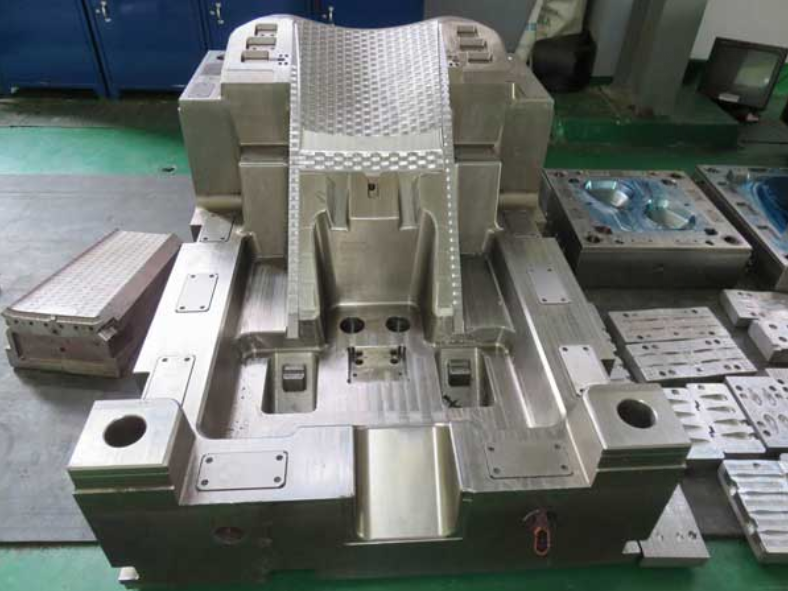Injection Mold Costs: Factors and Considerations
Injection molding is a widely used manufacturing process in which molten material is injected into a mold and cooled to form a solid object. It is commonly used for producing plastic products, such as toys, packaging, and automotive parts. However, the cost of injection molds can vary significantly depending on several factors and considerations. In this article, we will explore these factors and how they can impact the overall cost of injection molds.
1. Part design complexity:
The complexity of the part design is one of the primary factors that influence mold costs. Complex designs with intricate features, undercuts, and thin walls require more detailed molds, which can increase the cost. Simple designs, on the other hand, are easier to mold and, therefore, are generally less expensive.
2. Mold material selection:
Choosing the right material for the mold is crucial in determining its cost. The most common materials used for injection molds are steel and aluminum. While steel molds are more durable and can withstand high production volumes, they are also more expensive to manufacture. Aluminum molds, although less durable, can be a cost-effective option for low-volume production.
3. Mold size:
The size of the mold is another significant factor affecting its cost. Larger molds require more material, longer production times, and higher machining costs. Additionally, the size of the mold can also impact the machine and production setup costs.
4. Mold complexity:
Apart from the complexity of the part design, the complexity of the mold itself can affect its cost. Molds with complex geometries, multiple cavities, or intricate cooling systems require advanced machining techniques and skilled labor, which can increase the overall cost.
5. Number of cavities:
The number of cavities in the mold refers to the number of identical parts that can be produced in each cycle. Increasing the number of cavities can significantly enhance production efficiency and reduce costs per unit. However, it also requires more complex and expensive molds.
6. Surface finish requirements:
The desired surface finish of the molded part can impact the mold cost. High-quality surface finishes, such as smooth or polished textures, require additional machining and polishing processes, which can increase the overall cost of the mold.

7. Tooling and maintenance:
Injection molds require regular maintenance and occasional repairs or replacements. It is essential to consider the long-term costs associated with tooling, maintenance, and the lifespan of the mold. A well-maintained mold can last for thousands of cycles, resulting in a cost-effective solution.
8. Production volume:
The expected production volume plays a crucial role in determining the mold cost. Higher production volumes generally justify the investment in a more expensive, durable mold, while low-volume production may require a less expensive mold option. It is essential to consider the balance between upfront costs and long-term savings.
In conclusion, several factors and considerations influence the cost of injection molds. The complexity of the part design, mold material selection, mold size, and complexity, the number of cavities, surface finish requirements, tooling, maintenance, and production volume all contribute to the overall cost. By carefully evaluating and balancing these factors, manufacturers can make informed decisions to optimize mold costs and achieve cost-effective production.
Előző:Producing Quality Injection Molded Plastic Products with Precision and Efficiency
Következő: Creating the Perfect Plastic Pallet Mold: Designing High-Quality Solutions
-
Injection Manufacturing Process: Techniques, Materials, and Equipment
2023-5-26
Injection manufacturing is the process of creating a product by injecting raw materials into a mold. The process is wide...
Részletek megtekintése -
Learn Creating Large Plastic Molds manufacture
2023-5-9
Plastic molds are widely used in the manufacturing industry for producing large quantities of plastic parts. These molds...
Részletek megtekintése -
Electronic Molding Parts: Technologies and Applications
2023-5-12
Electronic molding parts are an essential component in electronic devices. They are used to protect and hold electronic ...
Részletek megtekintése -
Designing the Perfect Plastic Vegetable Crate Mould: An Essential Guide
2023-12-21
Plastic vegetable crates have become an integral part of the agricultural industry. They are used for the storage and tr...
Részletek megtekintése -
Industrial Plastic Molds: Precision Tools for Manufacturing
2024-5-31
In the vast world of manufacturing, industrial plastic molds have become an indispensable and important tool with their ...
Részletek megtekintése -
Creating Large Plastic Molds: The Process and Benefits
2023-4-21
Plastic molds are used to create a wide range of industrial and consumer products. These molds come in various si...
Részletek megtekintése






